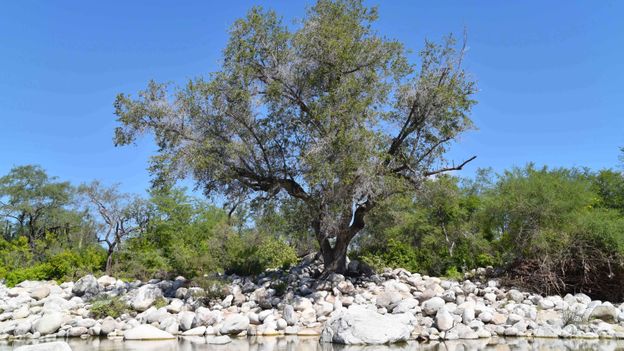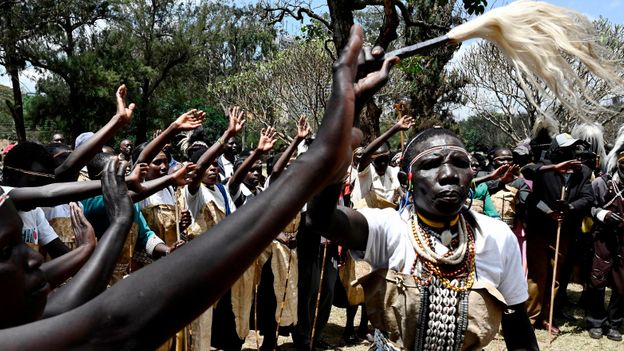But returning large carnivores to the wild in Ireland is a divisive idea. The Green Party in the Republic of Ireland has called for wolves to be reintroduced after 250 years of absence, though there are no official plans to do so yet. It’s possible that wolf reintroduction could help in the fight against climate change. Perhaps through controlling non-native deer populations, the grazing of forested and mountainous areas would reduce. That in turn might increase levels of vegetation and the amount of stored carbon, for example.
But no-one really knows whether this benefit would arise and some say bringing wolves back could be dangerous for people and livestock. Ireland, after all, does not have a vast expanse of wilderness akin to the Yellowstone National Park in the US, where conservationists successfully reintroduced wolves in 1995.
And yet for some environmentalists in Ireland, there’s no better topic of discussion.
“If I were to focus my efforts on one thing, I would talk about wolves,” says Pádraic Fogarty, author and campaign officer for the Irish Wildlife Trust. He argues it’s important not to shy away from tricky conversations – and he thinks the very notion of wolf reintroduction gets people thinking about restoring biodiversity, generally.
But there are other, less emotive species, that Fogarty thinks could be reintroduced. These include the corn bunting, a small light brown and rather plump-looking bird, and sturgeon, a large river-dwelling fish that has been extinct in Ireland since 1967.
However, as Neil Reid at Queen’s University Belfast points out, it’s not always clear what groundwork is needed to ensure reintroduction programmes will go to plan. In 2001, golden eagles were brought back to Ireland in County Donegal’s Glenveagh National Park. Although the birds have sustained a population there ever since, their numbers have not grown as expected.
“It was predicted that by now we should have 50 to 60 pairs,” says Reid. “We are well short of that.” There are, in fact, just 25 known pairs. Reid says surveys by his student have found that there is not enough prey for the eagles in the area, such as hares and red grouse. That might be because the park is being over-grazed by deer and sheep, suggests Reid.
This is why habitat management is so important for any rewilding effort. Fogarty has visited Daltun’s reinvigorated forest in County Cork and describes it as “amazing”. He says that, on the road to species reintroductions, conservationists could start by following this example of preparing suitable habitats, encouraging fragmented patches of native forest, peatland and wetland around Ireland to expand.
The vast majority of the trees that do exist in Ireland today, explains Fogarty, are actually in non-native commercial plots, such as dense pine tree plantations. “Which is mostly very low biodiversity,” he says, adding that he would like to see 30% to 40% of the island carpeted in native forest or wetland.












